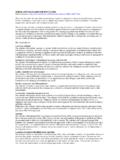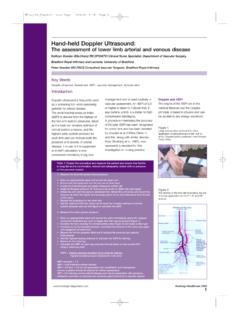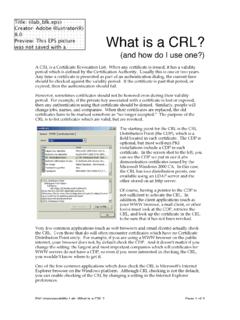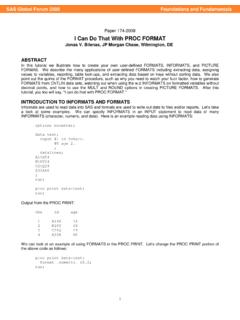Transcription of Calculate the mass of potassium sulfate (MM= 174) …
1 Calculate the mass of potassium sulfate (MM= 174) that will result from the reaction of g of KOH (MM= ) and g sulfuric acid (MM= ). (A) g (B) g (C) g (D) g (E) g What is the limiting reagent? How much of the excess reagent remains? How much of the second product is produced? How much of the excess reagent is used? Change grams given to moles: KOH (1 mol KOH g)= mol KOH H2SO4 (1 mol H2SO4 g)= mol H2SO4 Use RICF table R 2 KOH + H2SO4 K2SO4 + 2H2O I 0 0 (mol) C (can t work, gives neg mol of sulfuric acid) C + + F 0 (mol) So sulfuric acid is limiting, since it is all used up.
2 Mol K2SO4 produced; mol K2SO4 (174 g/ 1 mol K2SO4) = g produced mol KOH remaining; mol KOH ( mol KOH) = g KOH excess mol KOH used; mol KOH ( mol KOH) = g KOH used mol water produced; mol water (18 g/ 1 mol water) = g water produced Note: since we rounded for both moles and grams, we will be a bit off. So is the best answer.






